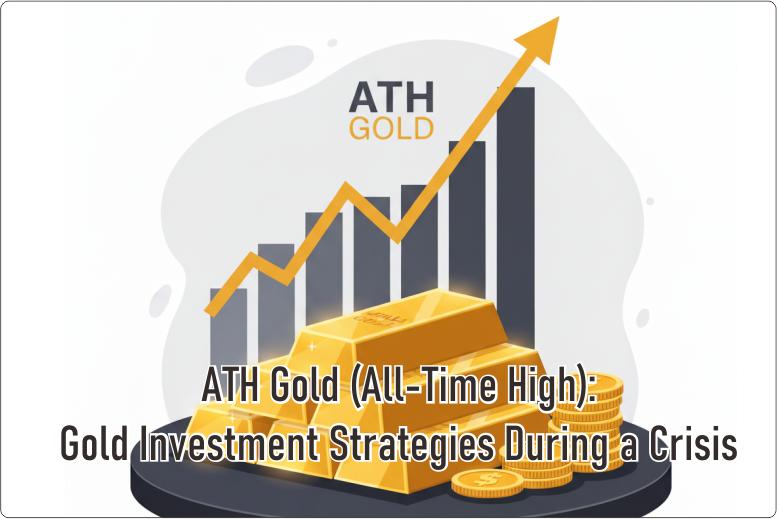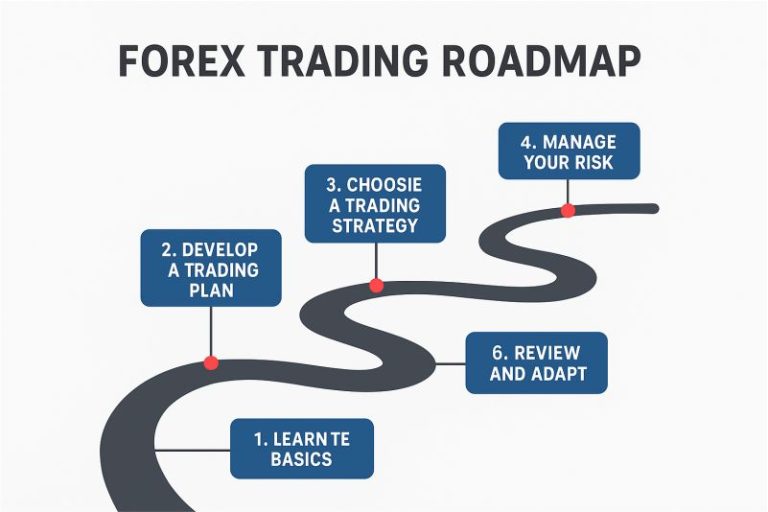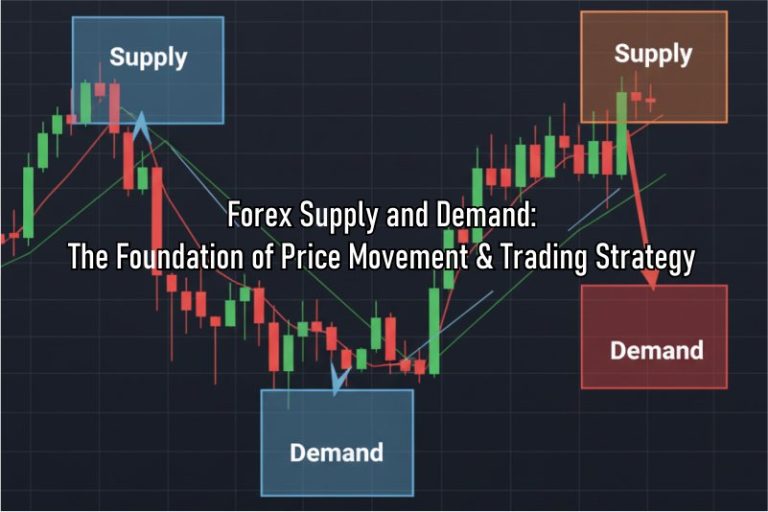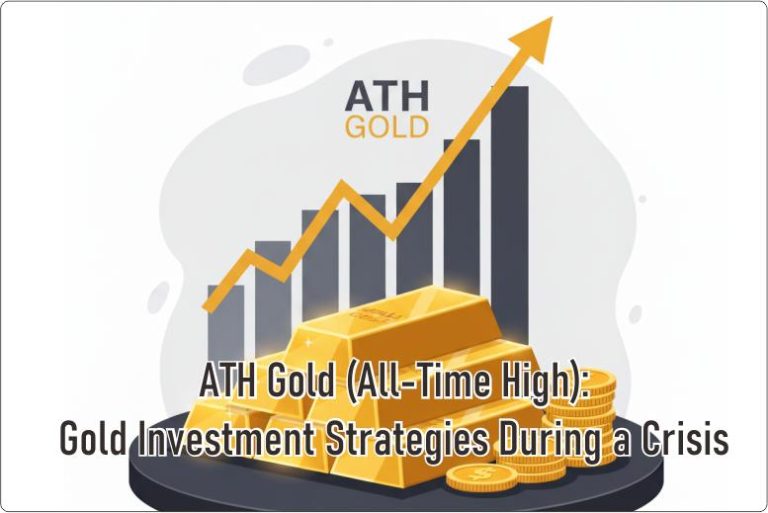
Economic crises, soaring inflation, political instability—all these factors often make investors anxious. Yet, amid the storm, there’s one asset that consistently attracts attention: gold. In fact, during various global upheavals, gold prices often hit new ATH gold (All-Time High) records. So why does gold always emerge as a winner when other markets collapse? This article will break down the reasons and show you how to take advantage of this momentum.
Understanding the ATH Gold Phenomenon: What Drives Gold Prices?
Simply put, ATH gold refers to the highest price gold has ever reached. This phenomenon is no coincidence. Several fundamental factors consistently push gold prices higher—especially during difficult times. Understanding these drivers helps you see that gold is more than just a commodity; it’s a strategic asset.
Gold as a Safe Haven: The Ultimate Crisis Shield
One of the main reasons gold reaches ATH gold levels is its role as a safe haven asset. When the stock and bond markets falter, investors panic and seek refuge. Gold, which holds intrinsic value and isn’t directly tied to a single economy’s performance, becomes the top choice.
- Global Crisis Triggers: Recessions, wars, pandemics, or geopolitical instability are classic catalysts that drive investors to move their money into gold.
- Store of Value: Gold has been used as currency and a store of value for thousands of years. This historical trust makes it a reliable choice when paper money loses purchasing power due to inflation.
Gold and Inflation: An Effective Hedge
When inflation rises, the purchasing power of fiat currencies (like the U.S. dollar) declines. To preserve their wealth, investors turn to assets that tend to rise alongside inflation—gold being one of them. The simple logic: as money loses value, it takes more of it to buy commodities like gold.
> Research from the World Gold Council shows that over the past 50 years, gold has consistently demonstrated a positive long-term correlation with inflation.
Other Key Drivers Behind ATH Gold
Beyond its role as a safe haven and inflation hedge, several other factors contribute to gold’s price growth.
Central Bank Monetary Policy: A Key Gold Price Driver
Global central banks—especially the U.S. Federal Reserve (The Fed)—play a major role in gold price movements. When interest rates are lowered, borrowing becomes cheaper, often fueling inflation and weakening currencies. In this environment, gold becomes more appealing. Conversely, when rates rise, gold’s allure as a non-yielding asset (it pays no dividends or interest) tends to decrease.
Investor and Central Bank Demand
Gold demand doesn’t just come from retail investors—it also comes from central banks worldwide. In recent years, many central banks (especially in developing nations) have actively purchased gold to diversify their foreign reserves. This creates strong and steady demand that supports gold prices.
> Read also: Gold Investment for Beginners: A Complete Guide
> See central bank gold reserve data from the World Gold Council
Gold Investment Strategies in Uncertain Times
Understanding why ATH gold happens is only half the story—you also need to know how to invest in gold wisely.
1. Physical Gold (Bullion or Jewelry)
This is the most traditional form of investment. Its main advantage is that you physically own the asset, providing a sense of security. However, you should consider storage costs and security risks.
2. Digital Gold (E-Gold)
Digital platforms such as Pegadaian Digital or Tamasia allow you to buy and store gold virtually. This option suits investors who want to invest in small, practical amounts.
3. Gold ETFs (Exchange-Traded Funds)
A more modern and liquid option—you buy shares of a fund whose value is based on gold prices. This type of investment is ideal for diversifying your portfolio without worrying about physical storage.
4. Timing Your Buys and Sells
Although gold tends to rise during crises, that doesn’t mean you should buy at its peak. Conduct proper research and consider the strategy to minimize risk.
5. Don’t Forget Diversification
Gold is an excellent diversification asset, but it shouldn’t be your only one. Combine it with other investments such as stocks, bonds, or real estate to build a balanced portfolio.
Conclusion: Gold—More Than Just a Precious Metal
The ATH gold phenomenon isn’t just market hype—it reflects gold’s historical and fundamental role as a stable, inflation-resistant, safe haven asset. In uncertain times, gold proves to be a “winner” for its ability to preserve value and provide confidence for anxious investors.
If you want to protect your wealth from economic turbulence, gold can be a smart move. However, always do your research and match your strategy to your risk profile. With the right approach, gold can become an integral part of your investment portfolio, helping you achieve long-term financial stability.
Frequently Asked Questions About ATH Gold
Q: Does ATH gold mean gold prices will fall?
A: Not necessarily. ATH simply indicates the highest price at that time. Prices can continue to rise if the underlying conditions (inflation, crises) persist.
Q: When is the best time to buy gold?
A: The best time is before a crisis or when prices are in correction. Avoid buying during market euphoria—unless you have a long-term investment strategy.



